Ok so this one isn’t a game, but I thought it would be worth doing a review on it as I know a lot of gamers are interested in all things Japanese as well as leaning the language itself. There’s a huge wealth of Japanese games out there that are just begging to be played, yet while some can be played through without any understanding of the language, others are very text heavy and require a good grounding in Japanese if you have any hope of playing through them. So if you have decided to learn Japanese then I’m sure you will have looked for plenty of learning material, books, websites and of course software, and there is so much out there to choose from these days that will aide your journey. But while the PC has quite variety of Japanese language software packages to choose from, they lack the portability that could make them very useful and handy compared to being chained to a PC chair with eyes glued to a monitor. Well, look no further than My Japanese Coach (MJC,) a handy Japanese language package for those eager to learn the language, and one that’s on the Nintendo DS no less, but is it any good?
First off its worth noting here that like any language software you may
use, don’t expect MJC to be able to teach you how to speak fluent Japanese in a
day, let alone a week, been able to be fluent in any language comes from years
of hard work and studying. With that said and done, this fantastic DS software
is not only a great starter for the budding beginner, but it also manages to be
useful to those at an advanced level with the software split into three main
sections, learning, games and reference. Learning is where MJC teaches you the
language, starting from complete beginner and working up the ladder to higher
levels. Games is were you can choose to play many of the different games, some
helping you learn by simple repetition, while others test what you have
learned, and finally in the Reference section, users can find their status
stats, a dictionary, phrasebook and a sketchpad. With this review I’ll go
through each section separately just to be thorough and then give my overall
verdict on the software.
Learning
The learning section is exactly that, it’s where the software teaches
you a basic understanding of the Japanese language step by step, starting from
the very basic and very gradually increasing in complexity as you learn each
tiny lesson. The first module consists of 29 (beginner) lessons in total, and
there being 6 modules altogether, all of which will have to be unlocked and
completed before moving onto the next. The top screen gives you a rank or grade
and some stats on how many words you have mastered thus far, along with how
many points you need to unlock the next lesson.
The lessons start off very easy and simple, with the software getting
you to start learning single words that are quite commonly used such as Hello, Good, Bad, Thank You and so on, but as you move through the course of the
module, these types of lessons will throw more difficult words at you to learn.
Some words like days of the week or months of the year are easily picked up and
remembered, while I found others quite difficult to remember, just because of
the fact that in English we tend to have a lot of words that can mean several
things and be used in different contexts. The word ‘They’ is a perfect example,
in English this could mean ‘They’ as in two or more people, a mixture of male
and female, or one or the other. In Japanese however, you could say ‘Karera’
meaning They (mas,) ‘Kanojotachi’ meaning They (fem,) or ‘Karerais’ which is
used for a group of two or more people that includes a male person. Lessons
like this might seem easy enough, but when there are several words like this to
master within one lesson it can be quite hard to learn them so quickly and
easily as others. Later lessons in the first module will start to show you how
to connect words together to form simple sentences or questions, this is a very
gradual process though, and one that is neatly threaded into certain lessons
and will use words you have already mastered. An avatar, Haruka sensei, will guide
you through each lesson and explain everything you will need to know as you go
along, she acts as your teacher through your leaning experience in MJC.
The layout of the lesson on the bottom screen is very easy and intuitive
especially when being taught words, with the romaji on the left side and its
meaning in hiragana and English on the right. The right hand green panels are
interactive buttons, first displayed in hiragana, but when tapped with the
stylus they will turn to the English meaning, but the words will also be spoken
by Haruka for you to understand what they sound like in Japanese. There is also
a top interactive panel consisting of three sections, Listen, Speak and Write.
Listen, which is highlighted by default and has words voiced by Haruka, while
the Speak option allows you to speed up or slow down her voice in case you find
a word hard to understand, it also has the addition of letting you record your
own voice in order to compare how well you say a word against Haruka sensei.
The Write option allows you to practise writing each hiragana character that
makes up a word by using the stylus, which might seem good in theory, but the
practical truth being that often what you sketch on the DS using the stylus is frequently
not picked up by either the handheld or perhaps the software itself, which is
very frustrating.
Overall this section does its job fantastically at building up your
vocabulary of Japanese and teaching you the very building blocks of the
language, it’s this sections simplicity and easy to learn method of teaching
that really makes it work for those who use it. There are a few downsides
though, more like little niggles rather than any real complaints about the
Learning section of MJC. Firstly, it would have been nice for there to have
been simple visual representations for all the words, phrases and sentences as
it has been shown that one of the best ways to learn another language is by
visually representing (by way of pictures,) what a student is learning. This
might have made some of the words, like the different ways of saying ‘They’ in
Japanese easier to master when represented visually. One other issue I found
was that some lessons do consist of learning hiragana, not a bad thing of
course, but these lessons were interspersed with other lessons, making the
module feel more random at times rather than focussed. I would have preferred
it if MJC had a separate section within the software for specifically learning
hiragana, katakana and kanji, with its own tables, lessons and learning games.
Sketching each hiragana character out on the DS, whether by freehand or by
tracing over a character can also be completely hit and miss and doesn’t really
work at all in practice, making progression to the next lesson seem impossible
at times.
At the end of each lesson you will be tested in a variety of games that are aimed at both imprinting the subject matter in your head by simple repetition, or by demonstrating what you have learned. Doing these games accumulates points for each correct answer, which then go towards a target number that when achieved, will unlock the next lesson. The problem with this where learning hiragana and katakana are concerned, is that with the software or DS constantly failing to pick up your writing, you will constantly fail the games and not reach the target number of points needed for the next lesson. I found these lessons a hindrance rather than a help, and I found it much easier and quicker to learn hiragana from a text book and practice on a white board than on MJC, so I would advise doing the same here.
At the end of each lesson you will be tested in a variety of games that are aimed at both imprinting the subject matter in your head by simple repetition, or by demonstrating what you have learned. Doing these games accumulates points for each correct answer, which then go towards a target number that when achieved, will unlock the next lesson. The problem with this where learning hiragana and katakana are concerned, is that with the software or DS constantly failing to pick up your writing, you will constantly fail the games and not reach the target number of points needed for the next lesson. I found these lessons a hindrance rather than a help, and I found it much easier and quicker to learn hiragana from a text book and practice on a white board than on MJC, so I would advise doing the same here.
Games
There are numerous different games to choose from to help you along with
the learning process, all of which you should be pretty familiar with, at least
the ones you have unlocked. You don’t need to accumulate points in order to
unlock the games as they are gradually unlocked as you progress through the
lessons and modules. Some games are quite frankly rubbish, and don’t do a great
job at helping you remember or learn what you have gone through in your
lessons. The Memory game for example, has twenty cards face down on the screen,
half red with the other half blue, and you have to tap one coloured card to
reveal something in Japanese, a word or hiragana character, then the other
colour to find the matching meaning. This game might sound ok, but it’s one of
the more boring games on offer and does very little in the way of helping you
learn the language.
I haven’t managed to unlock all the games, but there are quite a few that
are excellent at helping to learn and progress, and they just happen to be
rather fun to. Flash Cards is a great game, perhaps my favourite so far, and
it’s a perfect example of learning through repetition. In this game Haruka will
say a word or hiragana character in Japanese, and you will have to choose the
correct answer from four possible choices in English, it’s simple, yet
brilliantly effective. Another game is virtually the same, but with a slightly
different layout, where a word or hiragana character is displayed in English on
the top screen, and you have to choose the correct answer out of a choice of four
that are in Japanese, again very simple, but fun and very affective.
At the start of each game you’re also given a few choices, whether to
play a game using words from a pool of those you have mastered in your lessons,
or from the software’s entire library. You can also choose from easy, medium or
hard setting, but I found the easy and medium setting pretty pointless as they
didn’t offer any kind of real challenge, and at times even hard can seem pretty
easy, whether this means I need to move forward more in the lessons or not is
debatable, though this would expand on vocabulary I’m not so familiar with.
Reference
You can find some nifty features in this section, though I’d avoid the
sketchpad option as it so often fails its user. In the Player Stats section
though, you can find all the useful information on your current progress
through MJC such a rank, total number of words mastered, and a breakdown with
line graphs on the progress of such accomplishments, it’s a nice handy section,
but granted its nothing to get excited about.
The two sections that really help sell this software are the dictionary
and phrasebook sections. In the dictionary you and scan through the entire
library of words in the software’s database, and as standard you can do so in
English, Japanese or by Hiragana. You can also search for words by typing them
in from the onscreen keyboard to make things quicker, and again in either
English or Japanese, and there is even the option of searching for words you
have only mastered in your lessons. The phrasebook is perhaps the most useful,
especially if you plan on visiting Japan, it could prove to be most invaluable
at times, as MJC has a wide range of phrases available. You can choose phrases
by category, from the database list or by searching using the onscreen
keyboard, and you can even build up your own handy list of phrases and store
them in the favourites section for easy quick reference. I honestly can’t think
of anything greater than My Japanese Coach to take with you on a trip to Japan
with the dictionary and phrasebook features, as finding the right words or
questions to show someone what you mean or are trying to say, can be done
within a few easy clicks. It also makes things easier that all words and
phrases in these sections are displayed in English and Japanese, as well as the
addition of everything being spoken by the software in the native language,
this is a must have for any would be traveller.
On the whole MJC proves to be quite the excellent piece of software
rather than some overly expensive piece of slapped together shovelware. It
proves that it can be a great counterpart at building up your Japanese
vocabulary and helping you understand the building blocks of the language and
how it’s structured and formed. With a simple but effective layout, giving you
both English and Japanese, romaji and hiragana/kanji, as well as having each
word and phrase in its huge database spoken in Japanese for students to hear,
simply makes this a must have learning tool. The addition of visual
representatives for each word and phrase would have been a big bonus and made
the learning process even easier, but you cant have it all I guess, and MJC is
already pretty comprehensive and packed out full of features. With the
phrasebook and dictionary to boot, and taking into account just how lightweight
and small a DS Light is makes this the most essential travel companion when
visiting Japan no matter how far advance you are at Japanese.
MJC will help you along with your journey learning Japanese and
represents a cheap comprehensive portable package you can take anywhere, as
opposed to rather one that is tied to a PC. Be warned though, this software can
vary in price and is really hard to come by in the wild, best place is to
search out a copy online, though you should expect to have to pay a fair amount
for a pre-owned copy, even one that’s just the cart on its own, but its easily
worth any asking price.











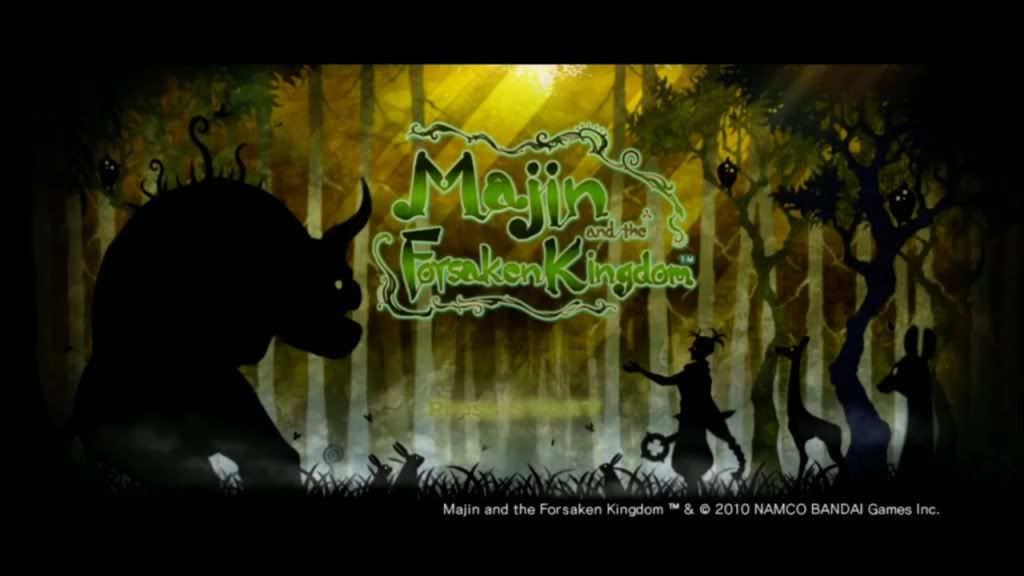
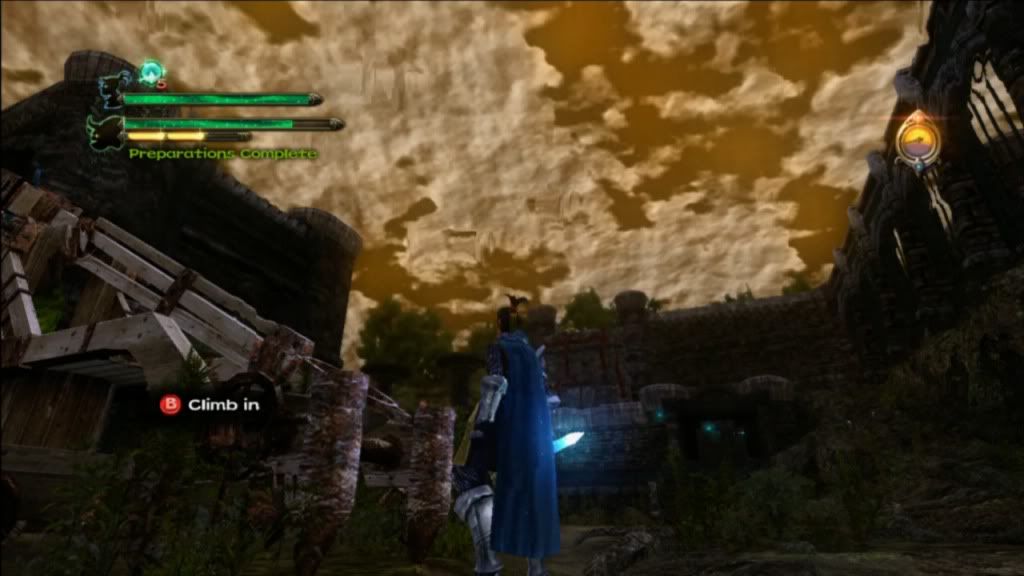
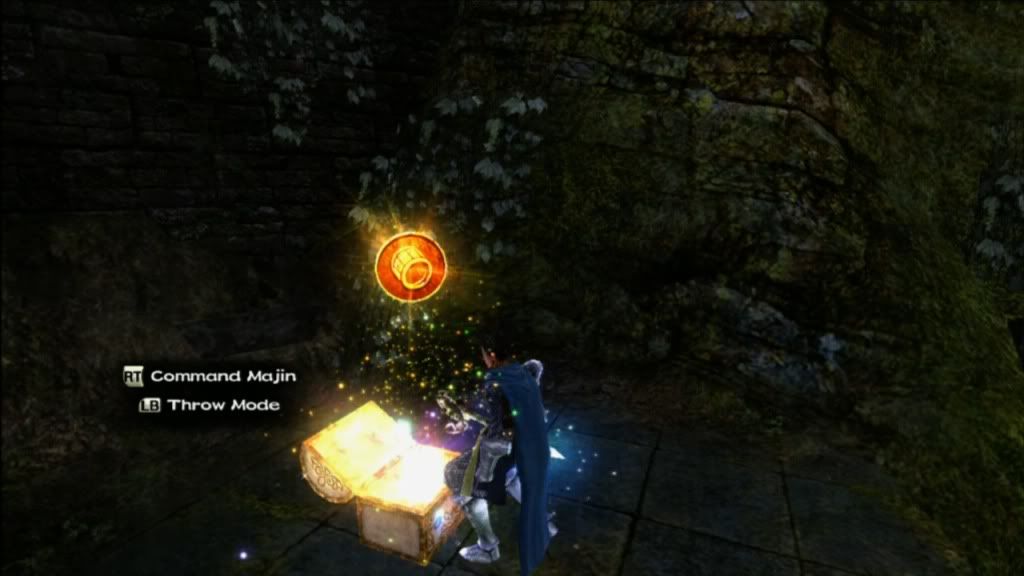
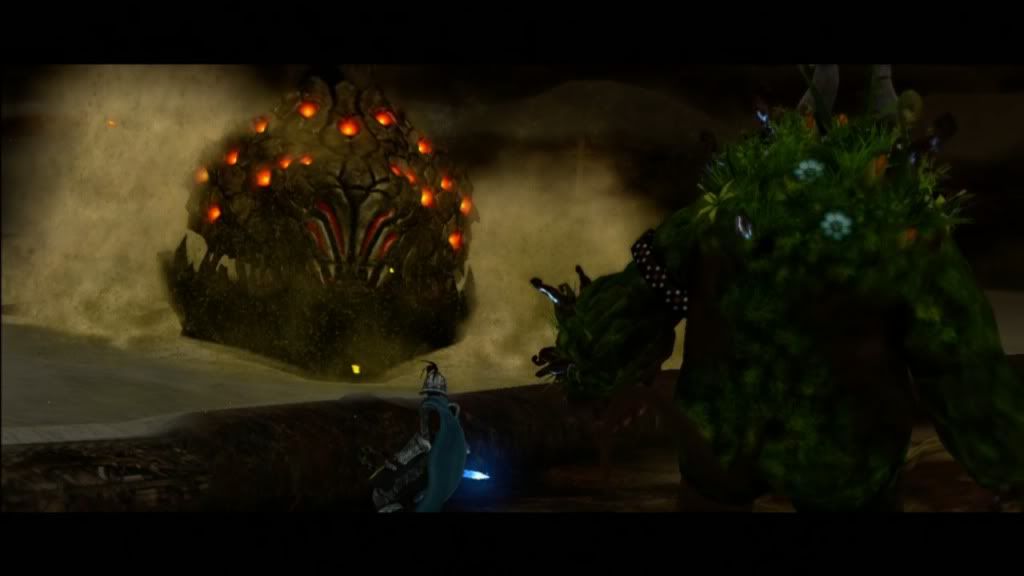
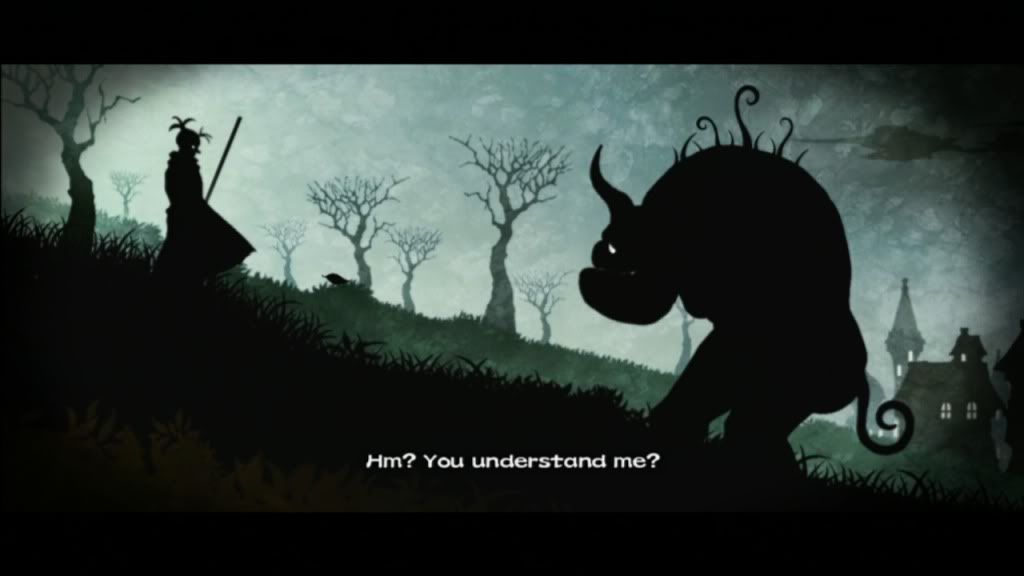
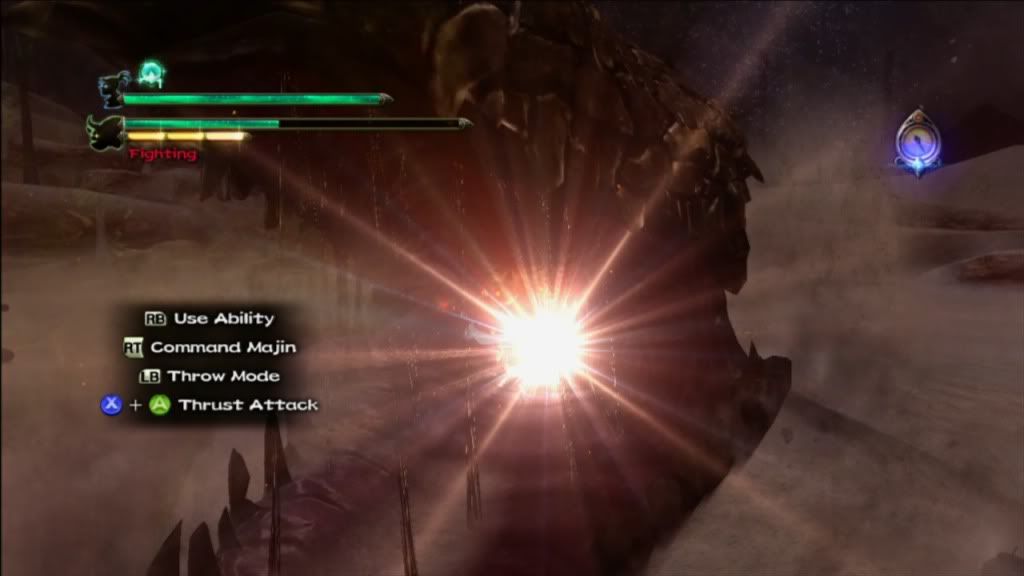
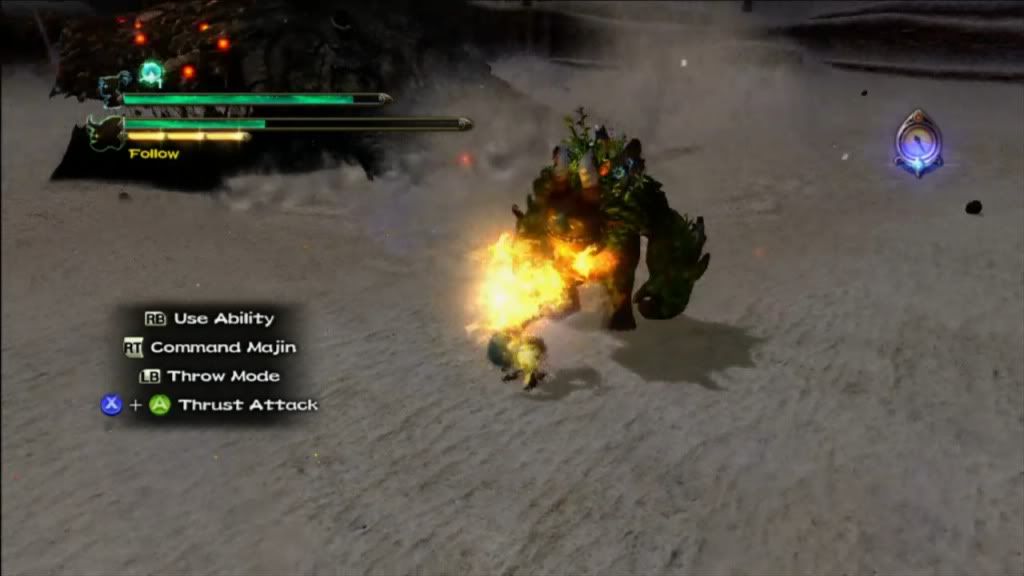
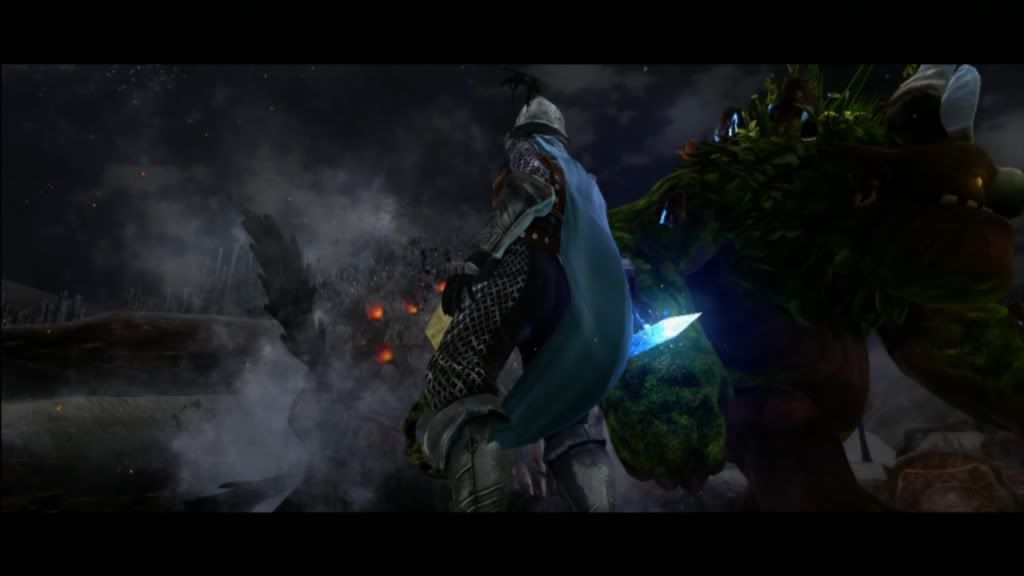

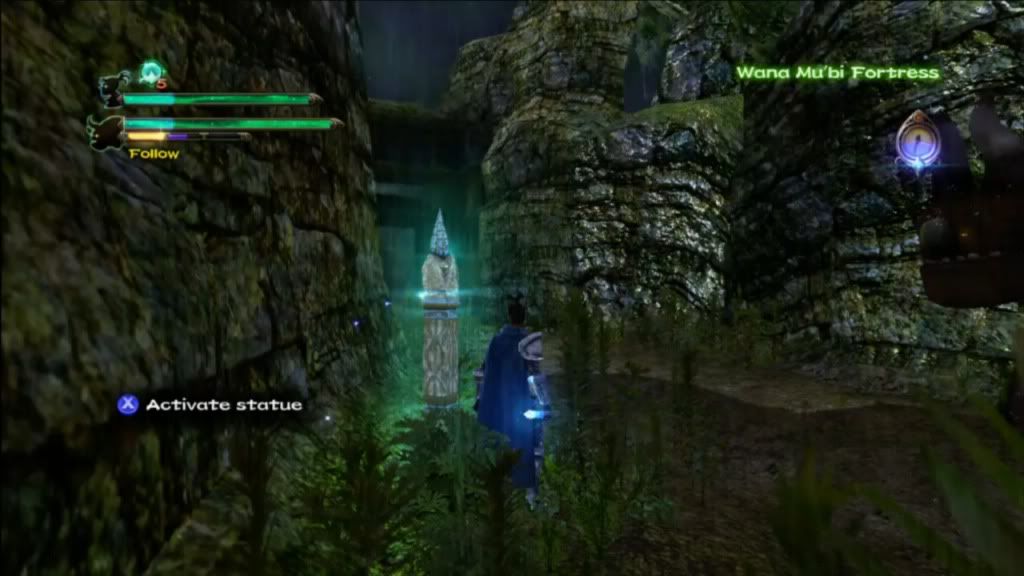
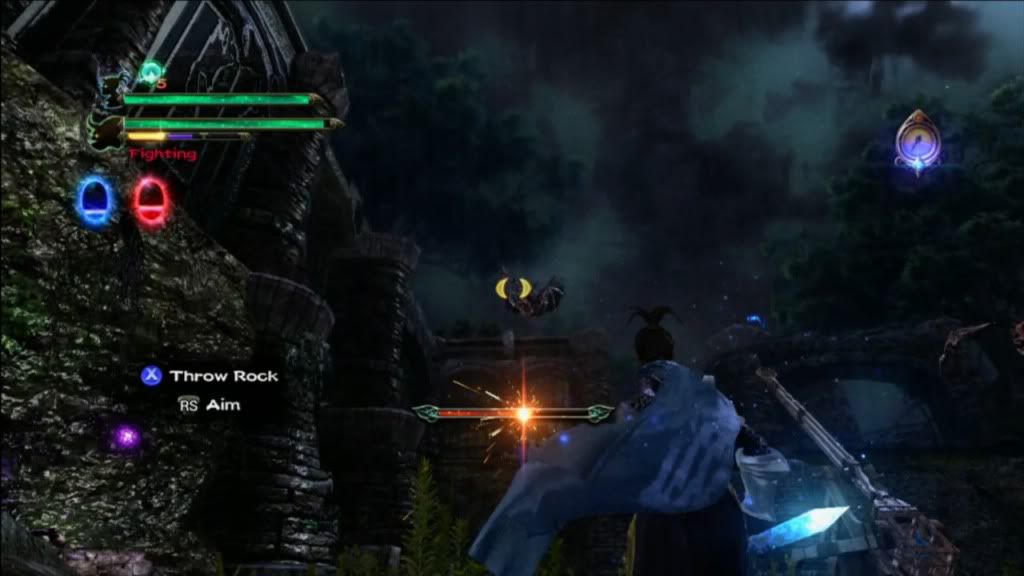







+(Small).bmp)